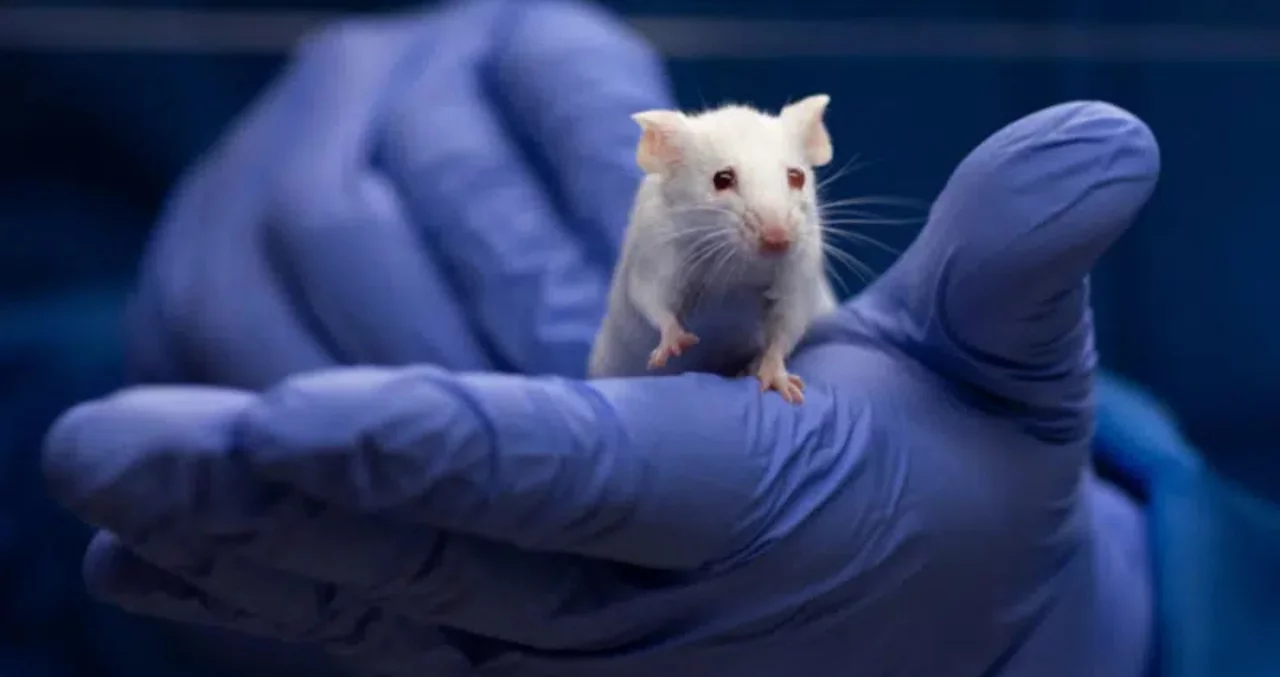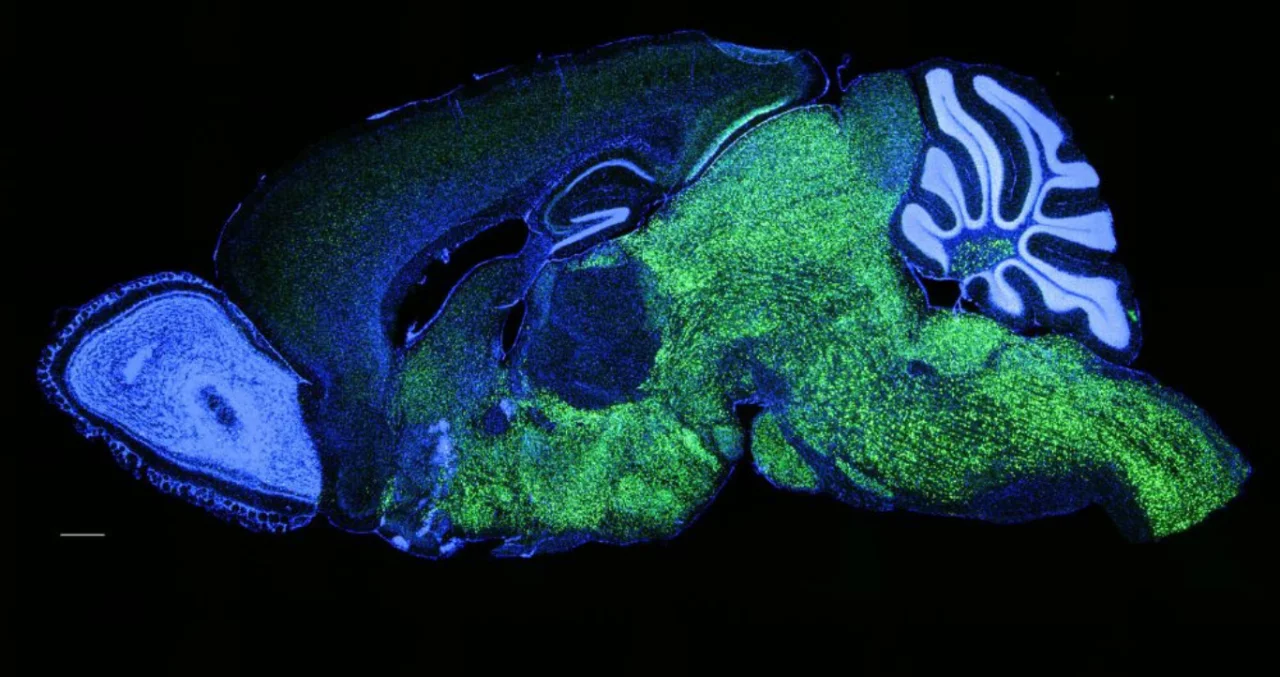
Science has taken yet another astonishing step — researchers at Rockefeller University in New York have inserted a modified version of the human NOVA1 protein into mice to study the possibility of “complex communication” among animals.
This protein plays a critical role in the development of the human brain — particularly in the formation of neural networks associated with speech and language. The scientists genetically modified NOVA1 and introduced it into mice, effectively creating “humanized” mice. The results were, as expected, intriguing.

During the experiment, mice began producing previously unobserved, complex sounds that differed from one another and were often repeated. In some cases, attempts at “discussions” (exchange of ideas) were recorded. Researchers confirm that communication efforts among the mice have increased.
Naturally, such “words” are inaudible to the human ear. But analysis of sounds recorded through special acoustic devices revealed distinguishable and structured acoustic signals among the mice.
Experts believe that this research may not only help uncover the origins of human language but also pave the way for new approaches in artificial intelligence, neuroscience, and even speech therapy.
So, while the mice aren't speaking just yet, they seem to be making a serious step toward “speech.” Read “Zamin” on Telegram!
Ctrl
Enter
Found a mistake?
Select the phrase and press Ctrl+Enter Related news
Information
Users of Меҳмон are not allowed to comment this publication.
Users of Меҳмон are not allowed to comment this publication.













